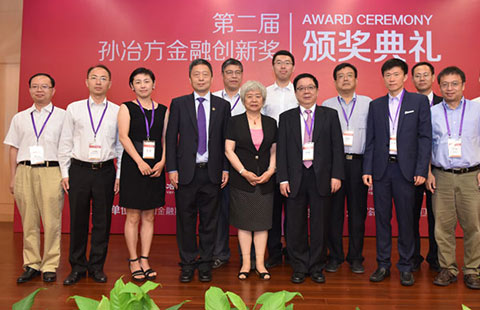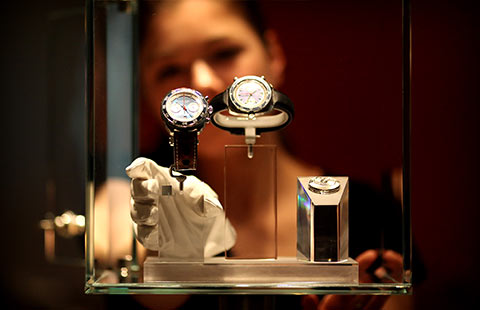GDP revision reflects real picture of China's economy
(Xinhua) Updated: 2016-07-07 09:57BEIJING - China's statistics authority altered the way quarterly GDP data are calculated, a move analysts have called a step toward meeting international standards and improving accuracy.
Research and development (R&D) expenditures that can economically benefit companies will no longer be calculated as intermediate consumption, but as fixed capital formation, the National Bureau of Statistics (NBS) announced on Tuesday.
That will add $131 billion to last year's GDP figure, the NBS said.
Cheng Zilin, head of the NBS's Department of National Accounts, said the revision better reflects the contribution of innovation to economic growth.
In recent years, China has promoted science, technology and creative development, with rapid growth in R&D expenditures and an increasingly important role for R&D in economic growth.
However, the old calculation method failed to reflect the importance of R&D, as intermediate consumption only measures value of goods and services that are transformed or entirely used up in the course of production.
According to the System of National Accounts 2008 (SNA 2008), an international standard for measuring a country's economic activity, R&D expenditures that yield economic benefit should not be considered "completely used up in the accounting period," and thus should be recorded as fixed capital formation, which is part of GDP.
This methodology, introduced in 2009, has been adopted by most member countries of the Organization for Economic Cooperation and Development (OECD), including the United States, Canada and Australia.
"We have been pushing this reform since 2009," Cheng Zilin said, adding that now is the right time to do it.
"There is need for China, the world's second largest economy, to adopt this new standard and improve the international comparability of its accounting data," he added.
The NBS has also released re-calculated GDP figures from 1952 through the first quarter of 2016. After revision, last year's GDP increased by 879.8 billion yuan.
Cheng explained that the increase was due to continuous growth in R&D spending and the accumulation of R&D investment stock.
After the revisions, China's GDP value increased, while real growth did not change much, according to Liu Liu, an analyst with the China International Capital Corporation, a Beijing-based investment bank.
Under the new mechanism, GDP in 2015 was revised upward by 1.3 percent, while the year-to-year growth rate was barely changed at 6.9 percent.
- Europe should focus on attracting Chinese investment: expert
- Chinese steel plants bounce back after destocking
- World Bank member launches public-private partnership with Chinese city
- Bank of China issues $3 billion equivalent green bond
- China to reform state firms, help private investors
- Chongqing turning into coffer trade powerhouse
- Real estate reaches for new highs in China
- FAW listing said to be out of reach for some years


















